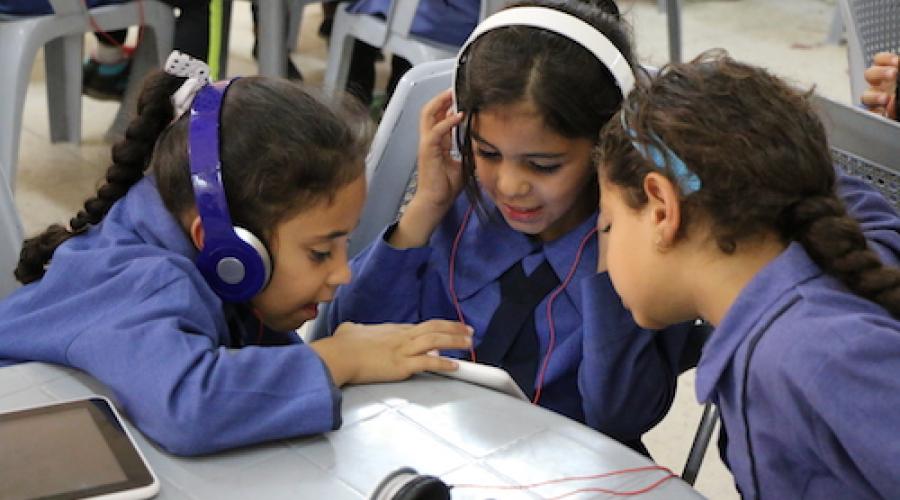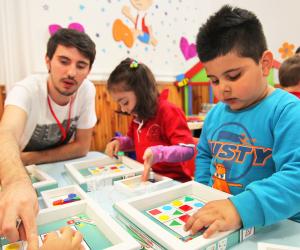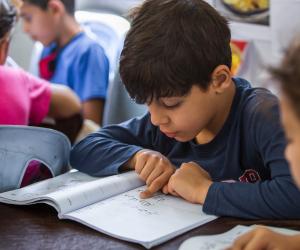
The Effect of Arabic Language Diglossia on Teaching and Learning
Introduction
The Queen Rania Foundation is working with leading experts at Zayed University to carry out a systematic review of Arabic diglossia and its implications for teaching and learning. At the highest level, we are looking at existing research to understand what it tells us about -
- The nature and extent of Arabic diglossia, with a focus on evidence about Jordanian (Levantine) dialect and its distance from MSA.
- The learning challenges that diglossia creates and their significance as barriers to student achievement.
- The implications for teaching and learning.
In doing this research, we are using a methodology called a systematic review that stresses comprehensiveness and explicit mechanisms to counter biases (for example, the tendency to look for evidence that supports your pre-existing beliefs).
The possible consequences of diglossia on teaching and learning are explained by the so-called ‘Simple View of Reading’ developed by Gough. In this model, success in being a fluent reader requires two high-level skills to come together. Decoding (or the relationship between letters and sounds) and Language Comprehension (or being able to understand the meaning of sounds). Depending on the gap between dialect and MSA, a skilled decoder could find themselves in the top-left-hand quadrant of this map. That is, they can decode, but they don’t understand the meaning of the sounds produced -
However, despite all the discussion around the nature of diglossia and its importance in Arabic, there is no clear understanding about the impact diglossia has on teaching and learning that is fully based on evidence from the literature. For example, some research talks about MSA as being akin to learning a foreign language, whereas others point out ‘stepping stones’ that can be used to help learners reach between the two.
When it comes to practical recommendations, the most commonly made are to maximize early exposure to MSA through stories, songs or cartoons. This is useful, but fails to accommodate other issues that may be involved - for instance, how diglossia may affect the identification of students with learning disorders, as opposed to a reading difficulty. Or, other effective ways of responding to the challenge such as through explicit instruction and practice in vocabulary.
Final Findings
- The distance between MSA and various dialects was observed in several studies included in the review and more recently the effect of socio-economic factors on learning MSA has been cited in several studies as an important contributing factor to delays in learning MSA.
- A finding that was of interest was that the difficulty students found in learning MSA decreased the more they were exposed to MSA, the higher their proficiency became and as they moved up grades. Thus, several studies suggested that difficulty of learning MSA decreased around Grade 4.
- Various teaching and learning themes were found to emphasize the importance of bridging the gap between MSA and dialects through activities that build diglossic-awareness early on.
- Early exposure to MSA was one way of bridging the gap and easing its learning, in addition to engaging students in literacy activities and involving parents and the community.
- Some studies concluded that there is no effect for diglossia on student performance in school and that students sometimes came to school with some knowledge of MSA due to exposure to literacy-related activities at home.
- Several studies emphasized the importance of paying attention to teaching methodologies used with non-native Arabic speakers.
- The contradictory findings between research on Arabic diglossia reveal the inconclusively of the current body of evidence available and put it in the forefront the high importance and need for more research around those issues.

